AARP Hearing Center
Coloring your hair at 50 isn't all about covering gray. We dye our hair to fatten up thin locks, amp up our skin's glow, soften the effect of wrinkles and make a so-so haircut rock. And as for gray, we hit the bleach to help grays grow in and to make them more luminous when they do. Hair color can make all the difference between looking delish or drab. But which color? That depends on your skin, hair health and wallet. Here's how to choose the best next hue for you.


1. Check your skin for hair color success. Your complexion's not the one you had at 25, so why hold onto old hair color? If your skin has changed, is your blond, red, brown or gray ‘do doing you any good? You're far from alone. Even celebs have hair color drama and decisions. Look in the mirror without any makeup. If your hair color isn't adding warmth and radiance to your skin, it's wrong. Are you piling on blush and bronzer because you look washed out? Do you constantly think your foundation is the wrong shade? Do you need a bold lipstick to brighten up? You don't need more makeup, you need better hair color.
2. Find your celeb doppelganger and do some research. Look for stars with a skin tone and eye color like yours and the hair color you'd love to have. How far is this dream shade from your own? Does it require a major change — like brown to blond or vice versa — or just a better version of what you have? Will the color require frequent salon appointments, special products and pampering? Or is it low maintenance with a little root or mix of colors? Are you loving just the color, or is it the color and hairstyle that make the look so appealing? Consider all.

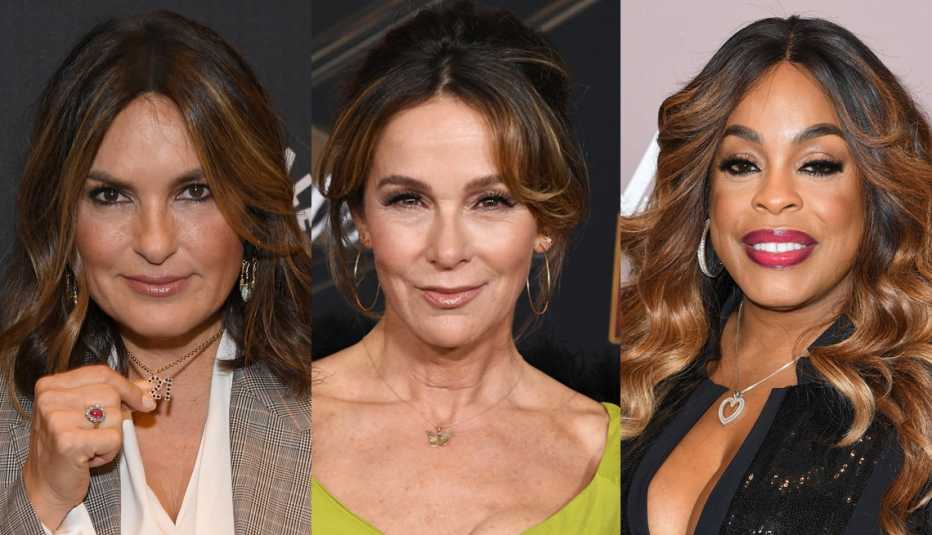
3. First, improve your hair color without actually changing it. Don't rush to go blond if you're not already. You can update any hair color simply by having a salon colorist (no DIY please!) add balayage highlights to whatever you have. This free-hand brush-on technique creates low-contrast, multitonal highlights that appear to melt into your base color. There's no obvious regrowth line, no dated “stripes,” and it's super low maintenance. Balayage peps up fading or dull color and lets grays comfortably mix in, too.


4. If you're a lifelong brunette, consider a warmer or brighter shade. Very dark brown and black hair are hard to pull off at 50. A dark, inky hue can create a harsh contrast to mature skin and emphasize wrinkles, dryness and fatigue. Unless you have an amazingly fresh and even skin tone, you're better off trading licorice-black hair for a rich chocolate brown, coffee or chestnut to keep the depth but gain a complexion glow. Consider this: Upgrade mousy brown to a honey or amber shade, or dark brown to a glossy reddish brown.





























































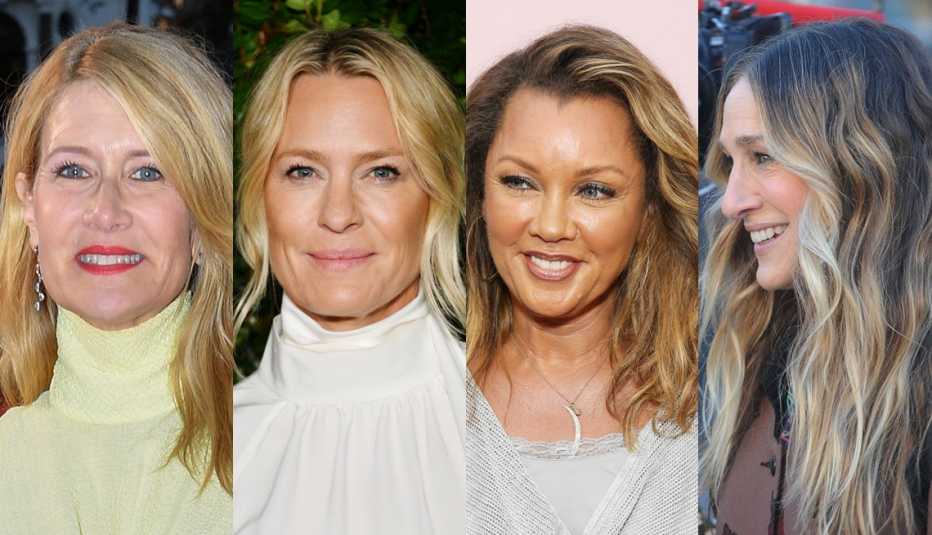
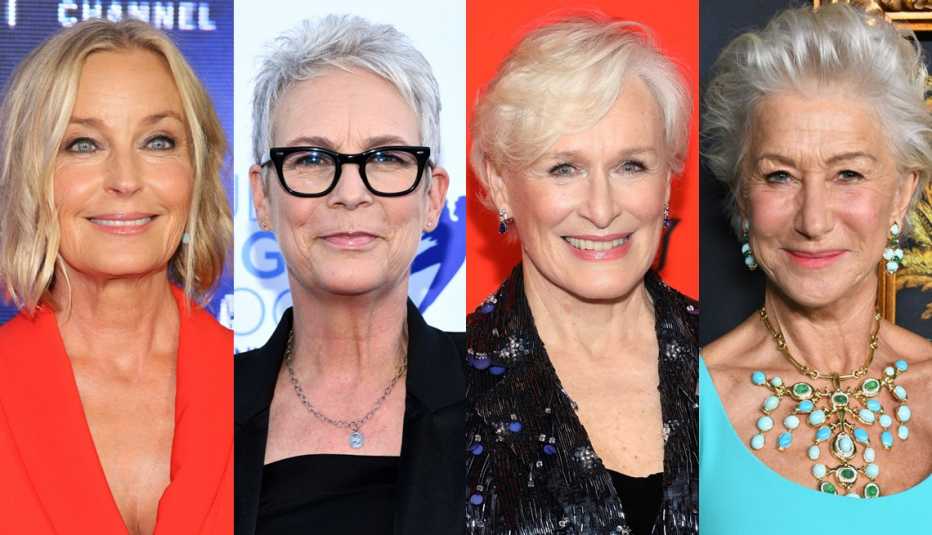
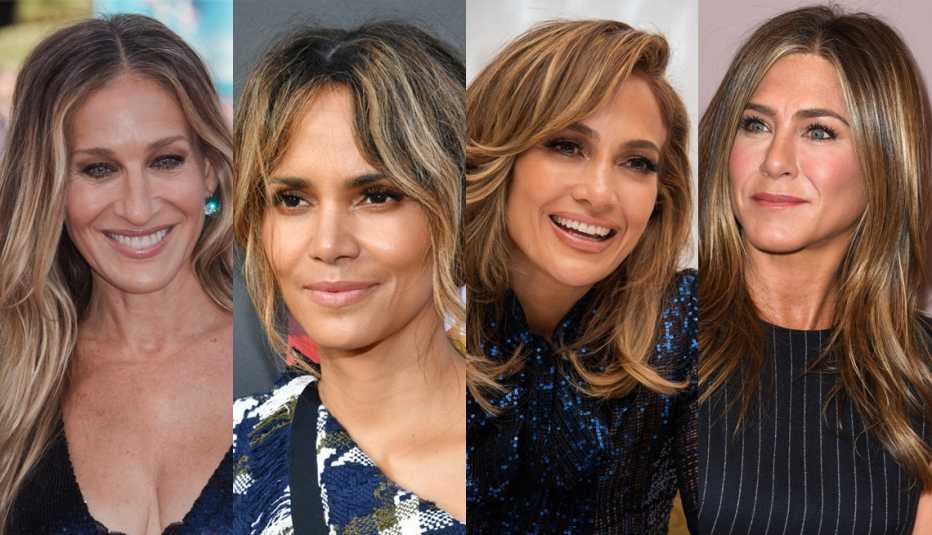


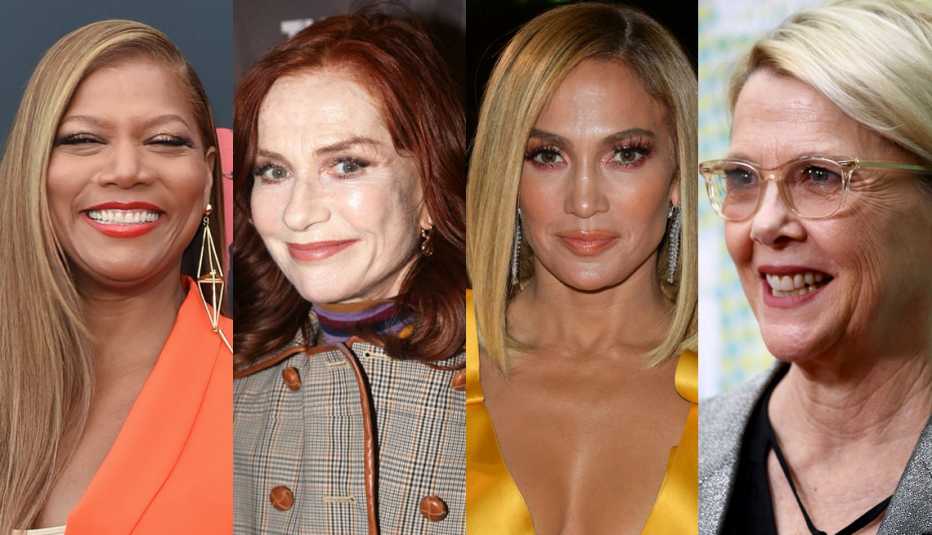
More on Entertainment
10 Ways to Kick ‘Age Appropriate’ Standards to the Curb
Bust out of a fashion and beauty rut with these quick fixes
Recommended for You